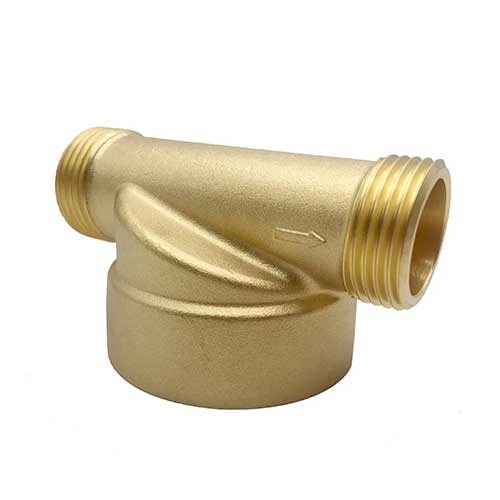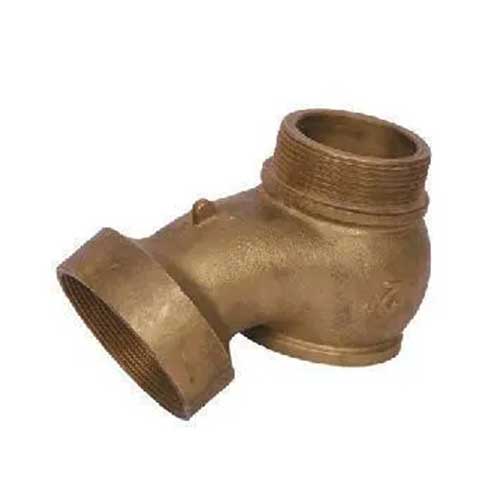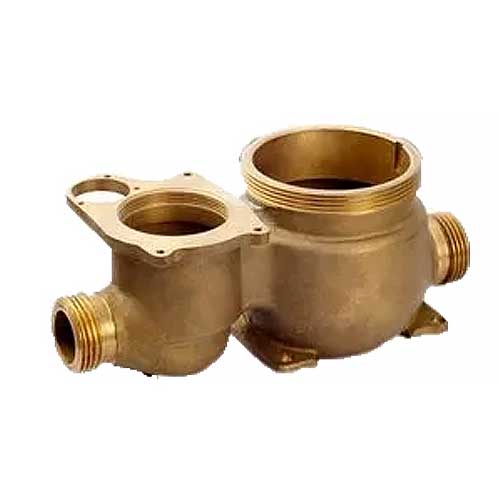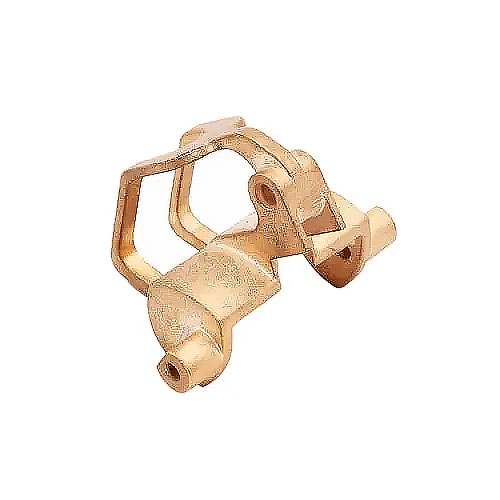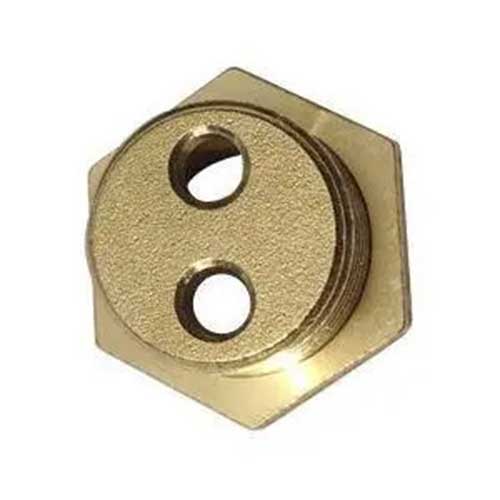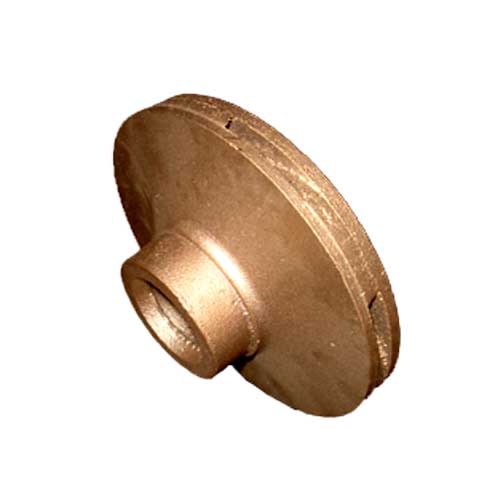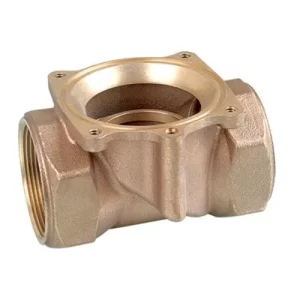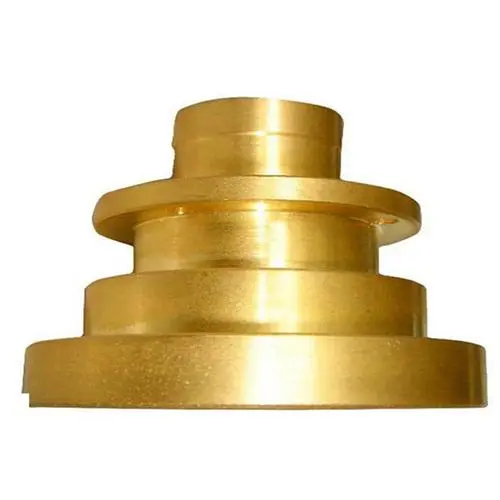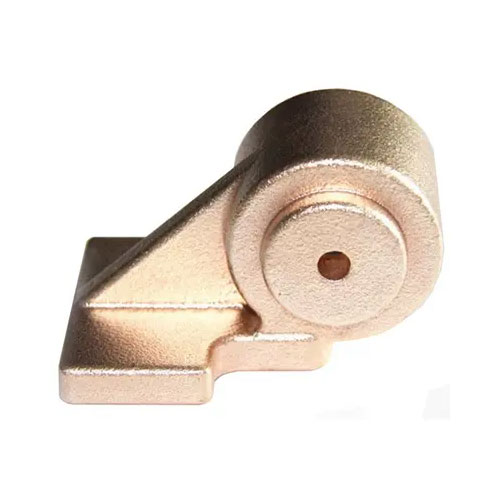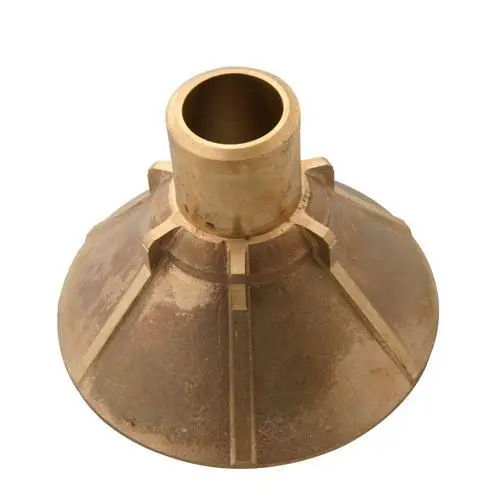Brass Investment Casting Foundry
Brass is an excellent material for various casting processes, including investment casting, die casting, sand casting, and permanent mold casting. Investment casting of brass, for instance, is utilized to produce brass castings. These castings are widely used in industrial sectors such as mechanical manufacturing, shipping, aviation, automobiles, and construction. They hold a certain importance in the category of heavy non – ferrous metal materials and have given rise to a range of cast brass alloys.

